ARS ELECTRONICA ARCHIVE - ART & SCIENCE
Das "European Digital Art and Science Network" basiert auf einem großen vielseitigen Netzwerk. Teil dieses Netzwerkes waren wissenschaftliche Forschungsinstitutionen (CERN, ESA, ESO, Fraunhofer MELVIS), das Ars Electronica Futurelab sowie die Projektpartner Center for the promotion of science (RS), DIG Gallery (SK), Zaragoza City of Knowledge Foundation (ES), Kapelica Gallery / Kersnikova (SI), GV Art (UK), Laboral (ES) und Science Gallery (IE). Von der EU gefördert lief das Projekt von 2014 – 2017.
Das Online Archiv der Ars Electronica bietet einen Überblick über die einzelnen Aktivitäten des Netzwerks und liefert zudem Informationen zum Netzwerk an sich, zu den Residency Künstlern und zu den beteiligten Projektpartnern und der Jury.
ESO - The European Southern Observatory
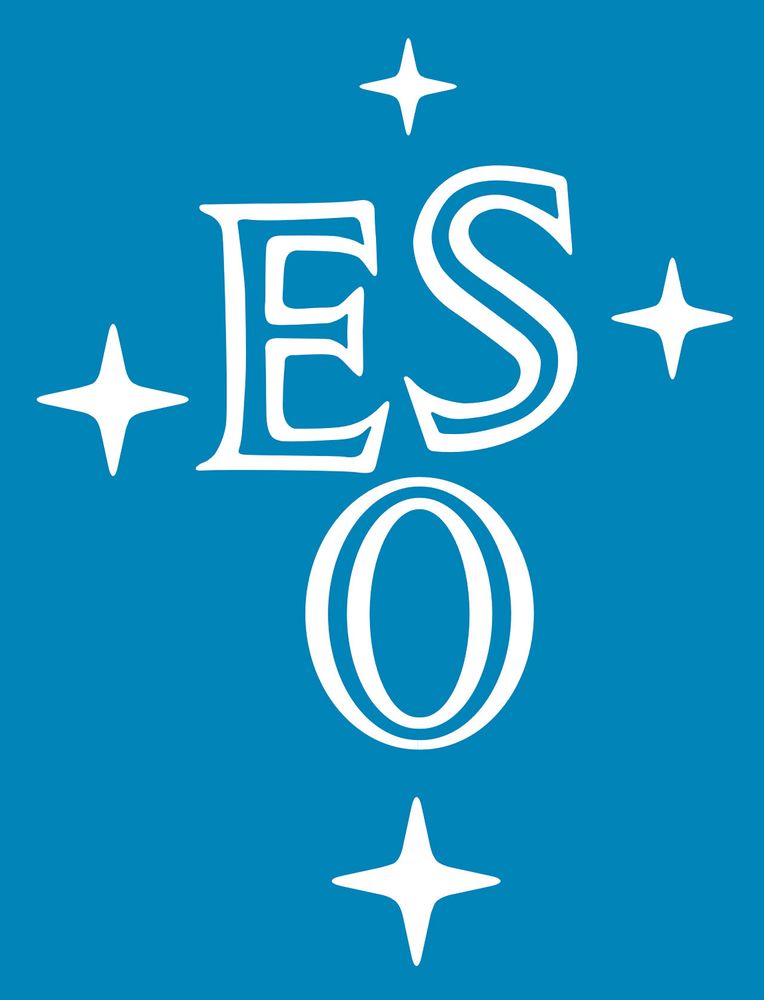
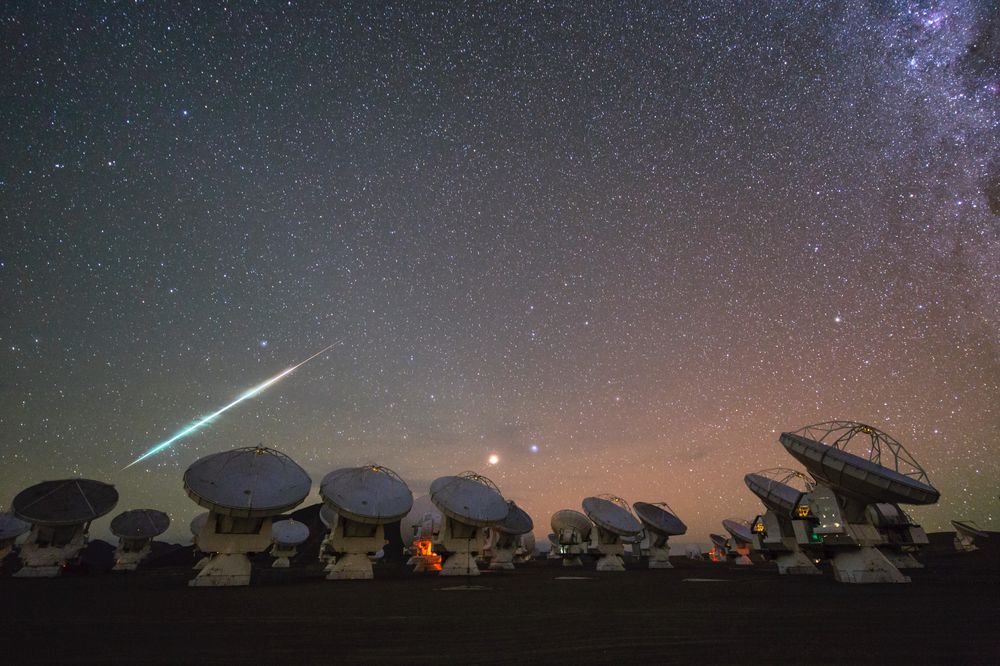
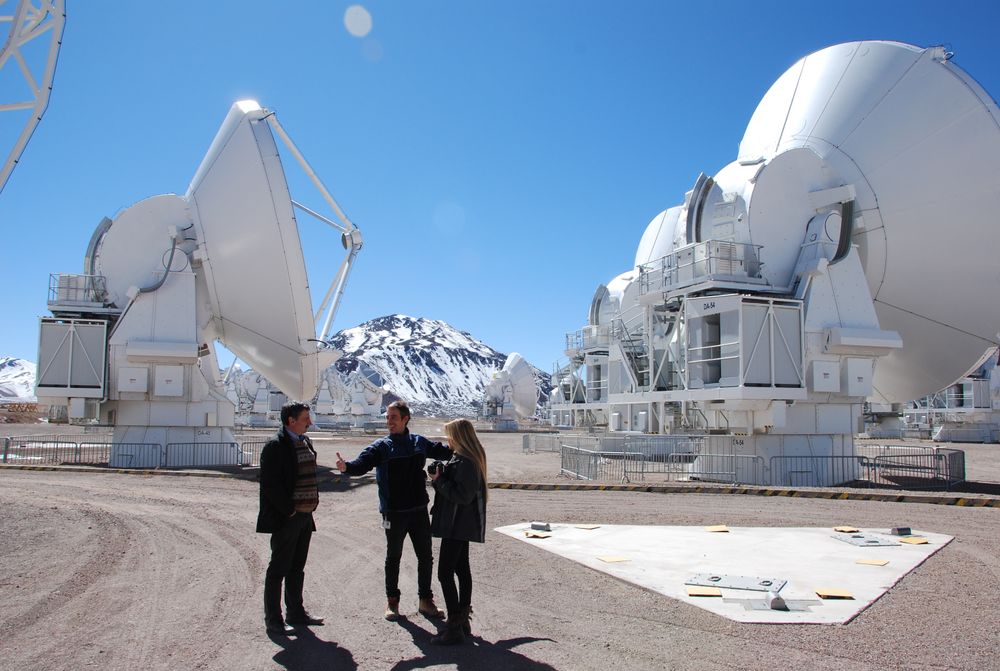
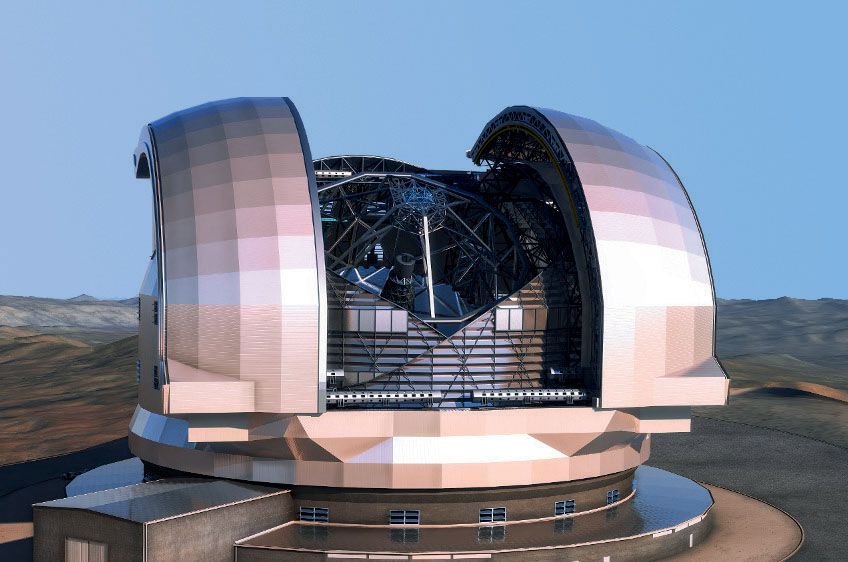
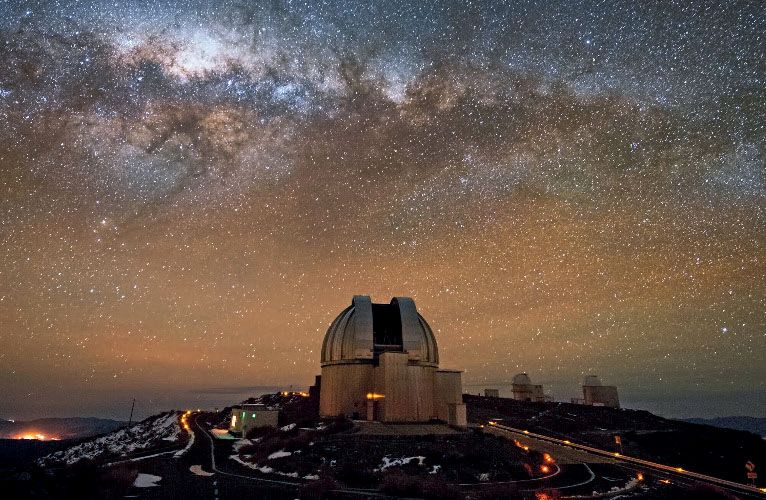
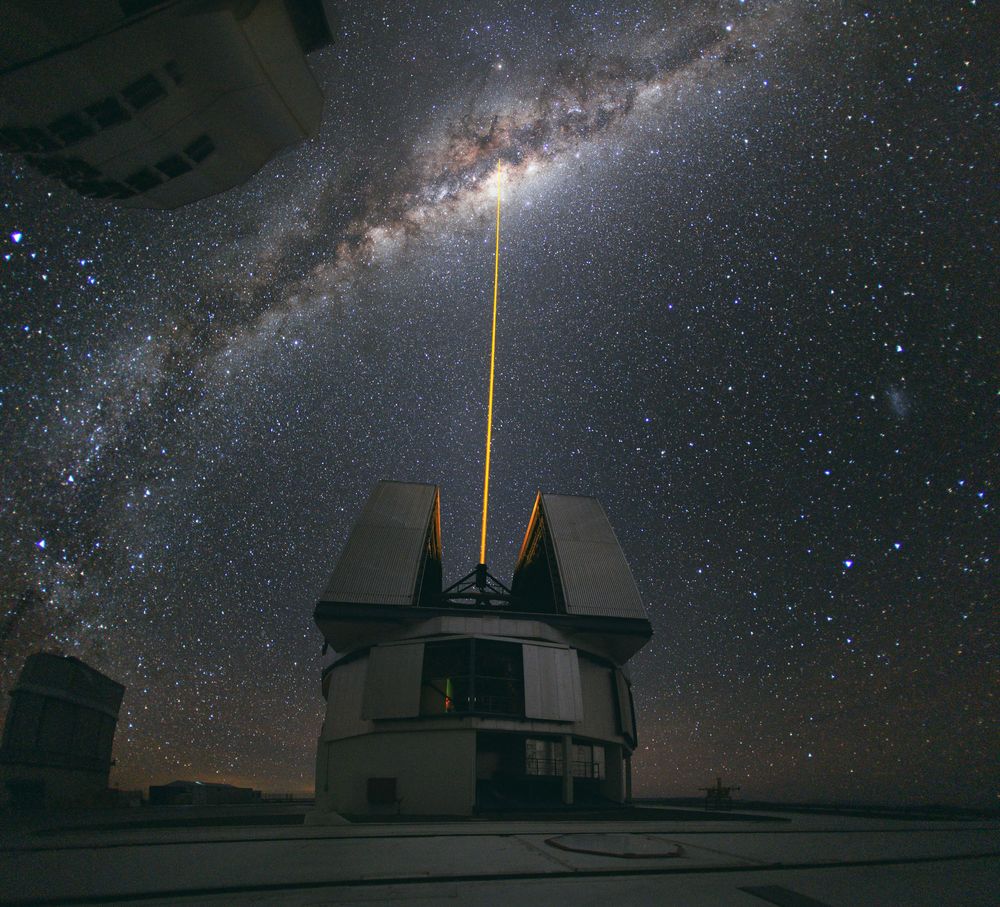
Facebook: https://www.facebook.com/ESOAstronomy/
Twitter: https://twitter.com/ESO/
Blogbeiträge Ars Electronica:
https://www.aec.at/aeblog/en/2015/01/21/residency-bei-der-eso/
https://www.aec.at/aeblog/en/2016/03/03/eso2016/
(Fernando Comerón, Head of the ESO Representation in Chile, in: RADICAL ATOMS and the alchemists of our time, Ars Electronica 2016, Hatje Cantz, p. 159)
(Source: The Practice of Art and Science, p. 31)
While most scientists would tend to see those facilities only as big tools for astrophysical research, ESO’s sites in Chile become many additional things when seen from the perspective of visitors from other backgrounds: they are also showcases of advanced technologies, examples of the complicated logistics required for operating in remote places, flagships of international cooperation for peaceful purposes… Or places of inspiration, as felt by artists who have had the chance to be there. It is indeed enriching to see the observatories through their eyes. In chosing the location for her residency, María Ignacia Edwards – as first selected artist within the European Digital Art and Science Network – has felt especially attracted by the blend of history, landscape and peace found at La Silla observatory, and by the remoteness and other-worldly appearance of ALMA, themes to be combined with the persistence of reduction to the simplest forms, spatial arrangements, and motions in her work thus far.
(Source: https://www.aec.at/artandscience/en/network/partner/eso/)

